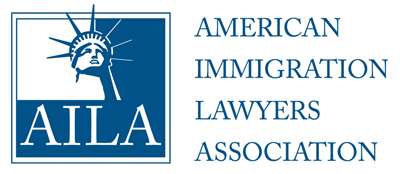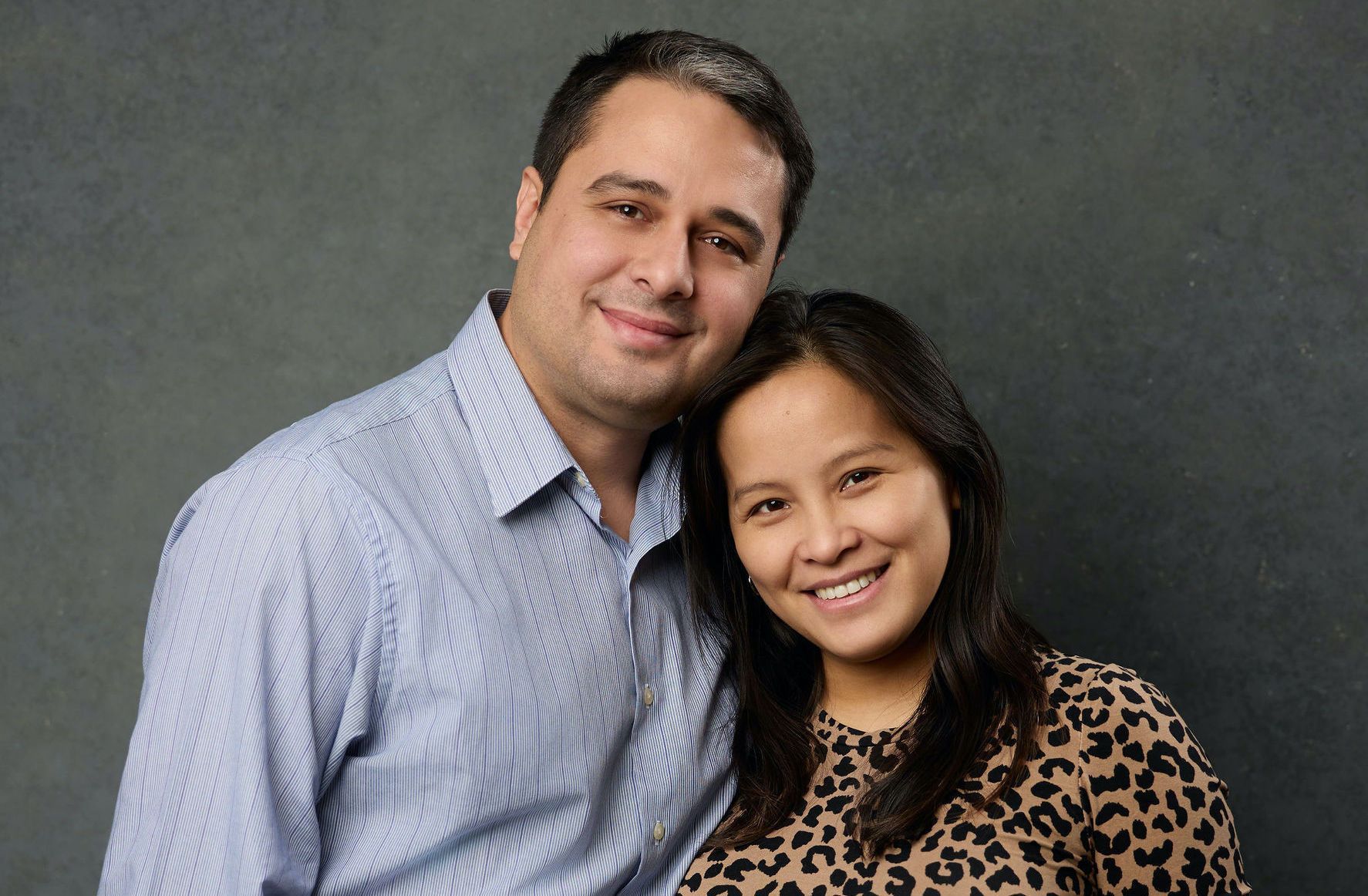Immigration Attorney's Opinion on Popular Immigration Case Tracking Apps

This article will cover our office's opinions on the numerous Mobile Immigration Case Tracking Apps, as well as the inaccuracies that arise:
- Lawfully
- USCISCaseTracker
- US Immigration Case Tracker
- MigraConnect
For starters, it is commendable to stay "current" on any immigration filing. Everyone should know what the current status of an immigration filing is. However, the source of information is important.
The Federal Government is not "up-to-date" on the Mobile App scene, but most immigration agencies do offer "online case statuses" as well as "processing time estimators." For USCIS, the MYCASE Online Account (https://myaccount.uscis.gov/sign-in) should be the primary source of case information. For NVC, the CEAC Online Account (https://ceac.state.gov/IV/Login.aspx) should be the primary source of document-uploading, correspondence. For Consular Processing, the specific Embassy or Consulate should be utilized:
The third-party mobiles apps are great at providing the "current online status," that information is readily available online at the following agencies:
- USCIS: https://egov.uscis.gov/
- NVC Pre-Documentarily Qualified Status: https://travel.state.gov/content/travel/en/us-visas/immigrate/nvc-timeframes.html
- NVC Post-Documentarily Qualified Status: https://travel.state.gov/content/travel/en/us-visas/visa-information-resources/iv-wait-times.html
- Embassy/Consulate: https://ceac.state.gov/ceacstattracker/status.aspx
Where the mobile apps start to have inaccuracies and mis-information is with regard to the following:
- Estimated case processing time tends to be 100% inaccurate
- 3rd-party apps fail to show official USCIS or NVC correspondence, which could delay a filing or lead to a denial
- Confuse an immigrant beneficiary as to the current phase of the immigration process.
When is a Mobile App a good thing?
It is a helpful tool for an immigrant that is abroad. It allows the immigrant to receive updates. However, most use the app during the USCIS processing of the I-130, and it is more beneficial to just sign up for a USCIS account and elect for Email updates: https://egov.uscis.gov/ (Only the USCIS Receipt Number is required and anyone or multiple people can sign up for such notification services).
Why is the Mobile App inaccurate with the USCIS processing time estimate?
The App is inaccurate as the estimator requires the category type and location of processing. If you place the incorrect information, the mobile app would be off. Additionally, USCIS provides a "rough estimate" that occurs for 80% of the cases. USCIS may move quicker or slower depending on the specific case history, USCIS Officer assignment, and the Country of Origin. So, if a mobile app ways an estimated processing time is: 5 months, that should be taken with a grain of salt. USCIS is generally slow with Consular Processing, and a little quicker with Adjustment of Status.
Disclaimer: This Blog is made available by the lawyer or law firm publisher for educational purposes only as well as to give you general information and a general understanding of the law, not to provide specific legal advice. By using this blog site you understand that there is no attorney-client relationship between you and the Blog/Web Site publisher. The Blog should not be used as a substitute for competent legal advice from a licensed professional attorney in your state.












